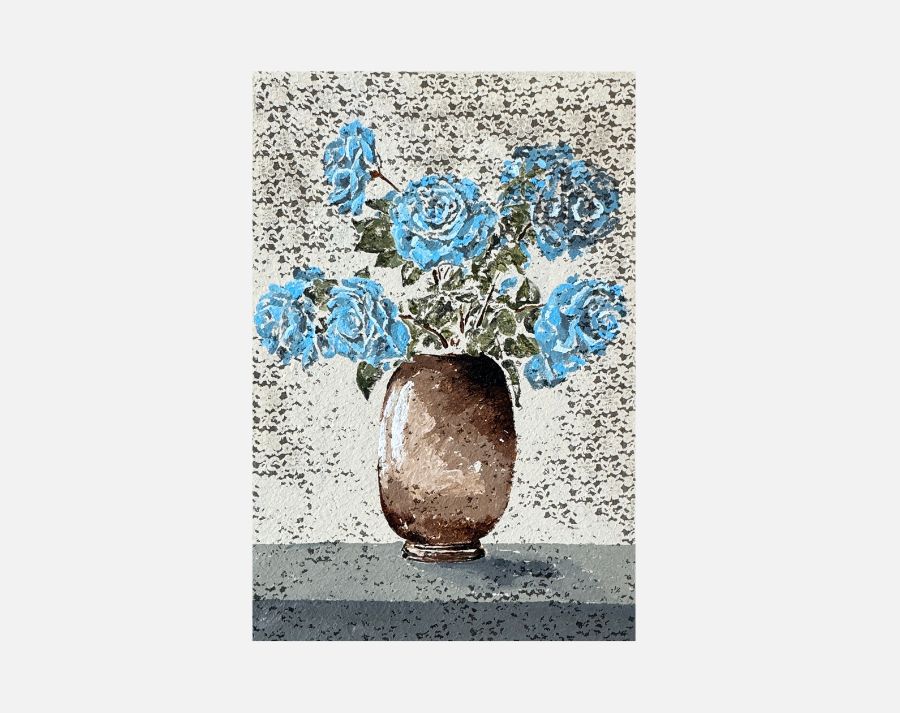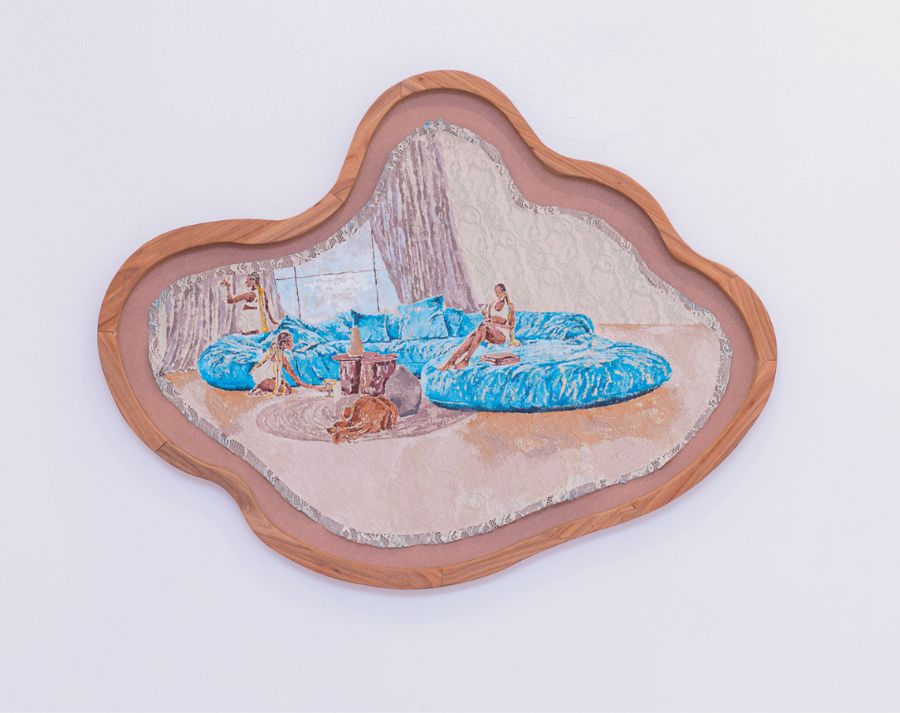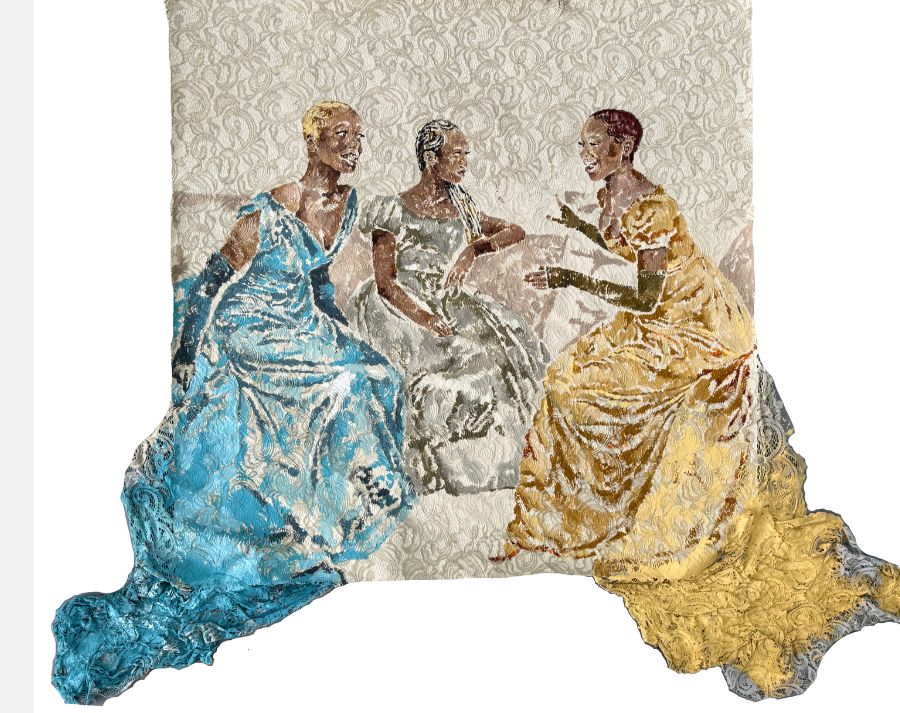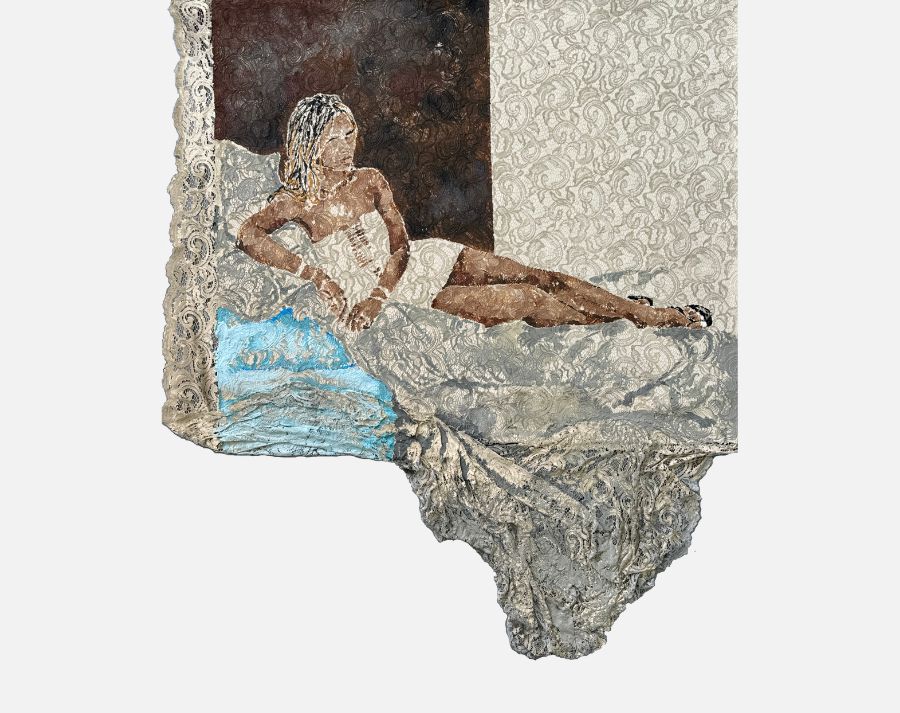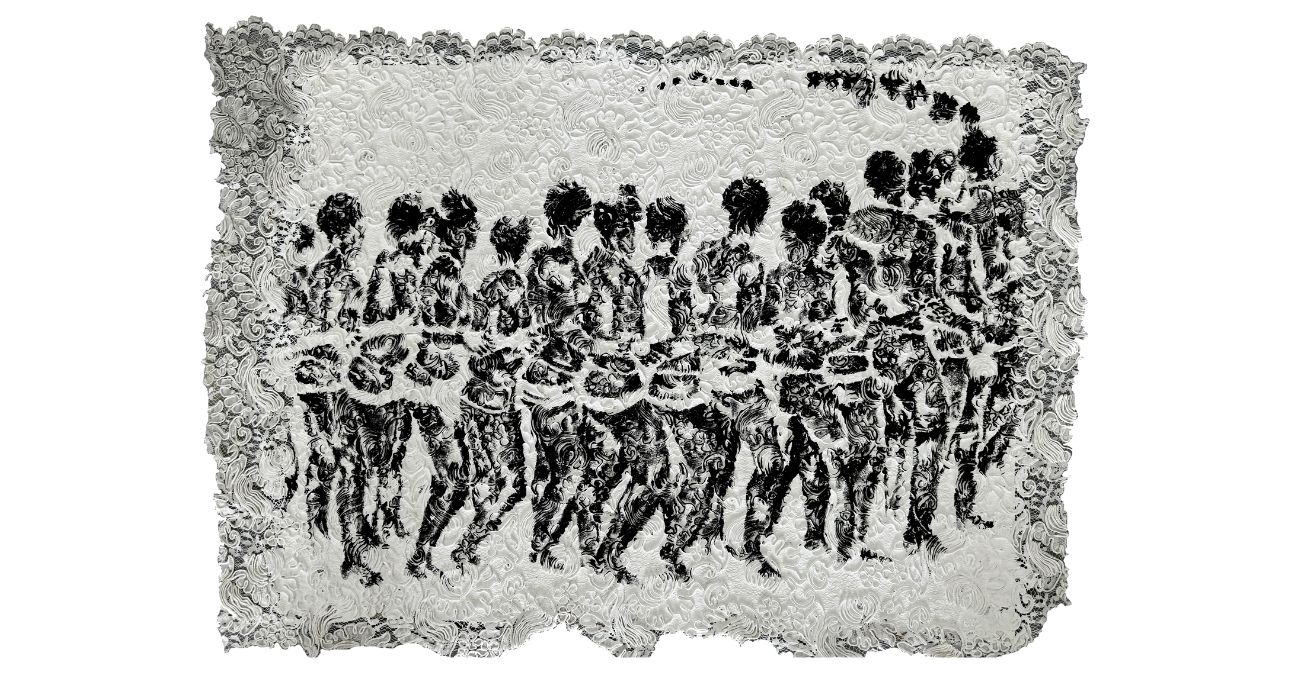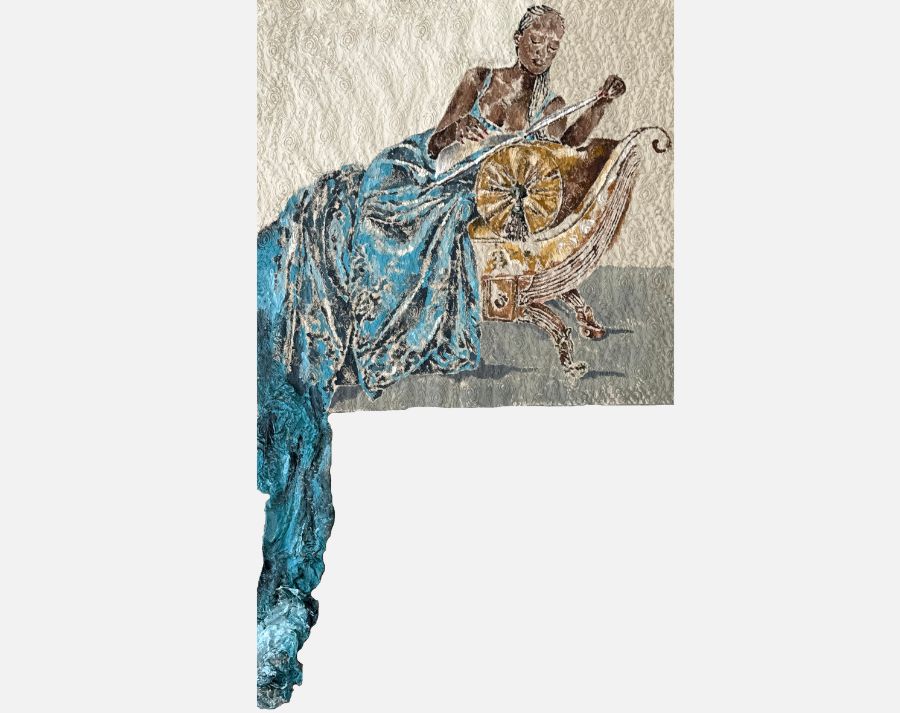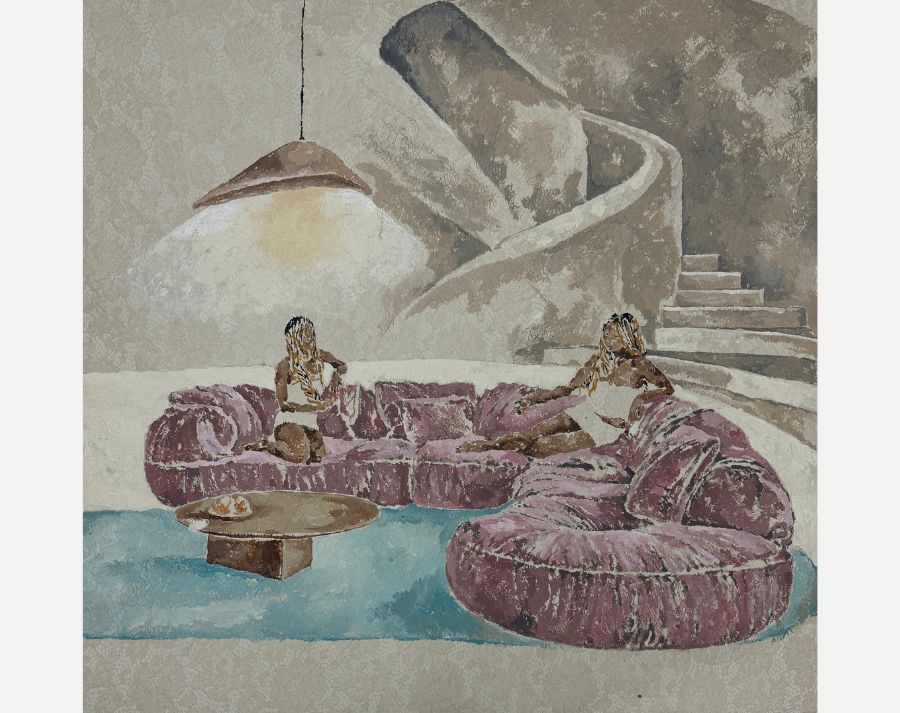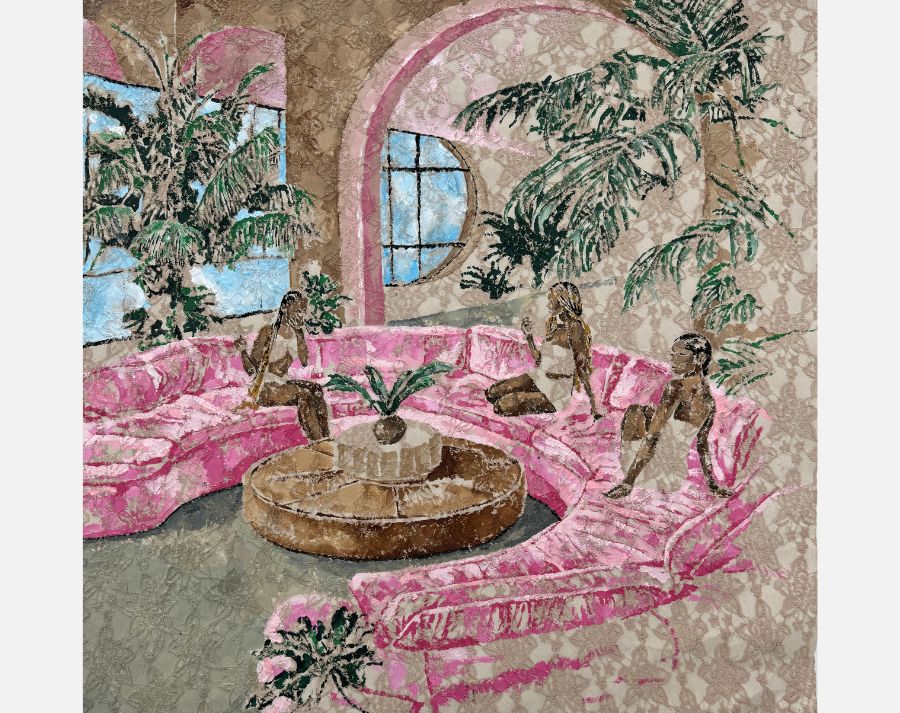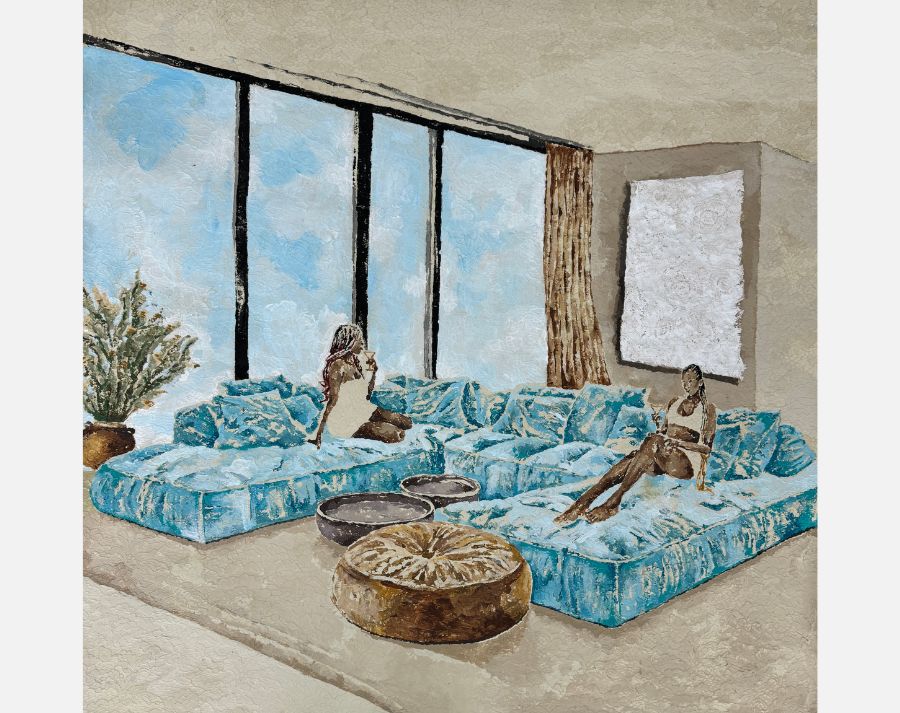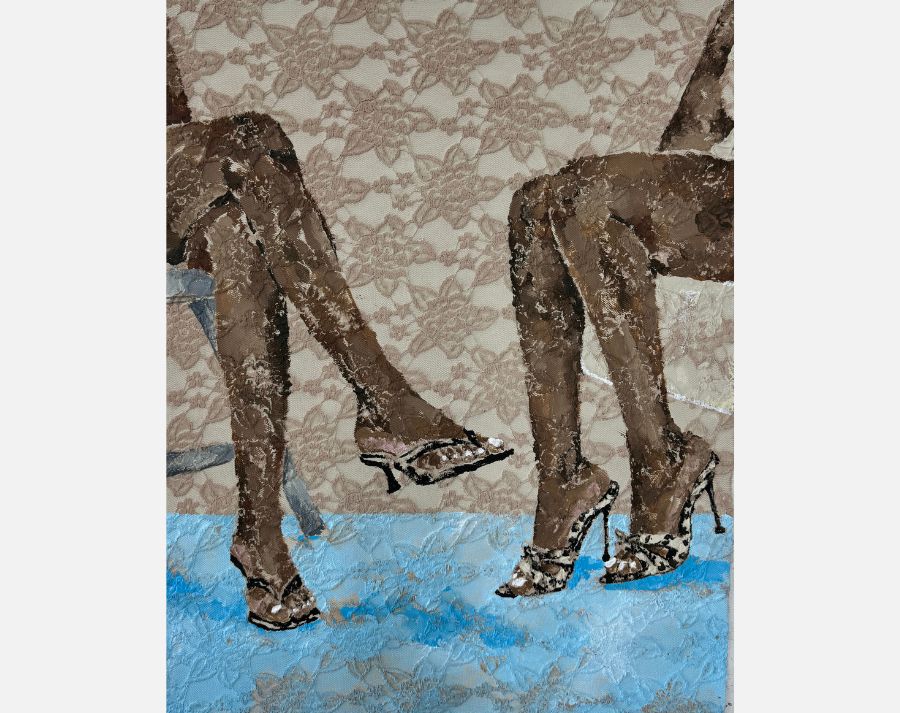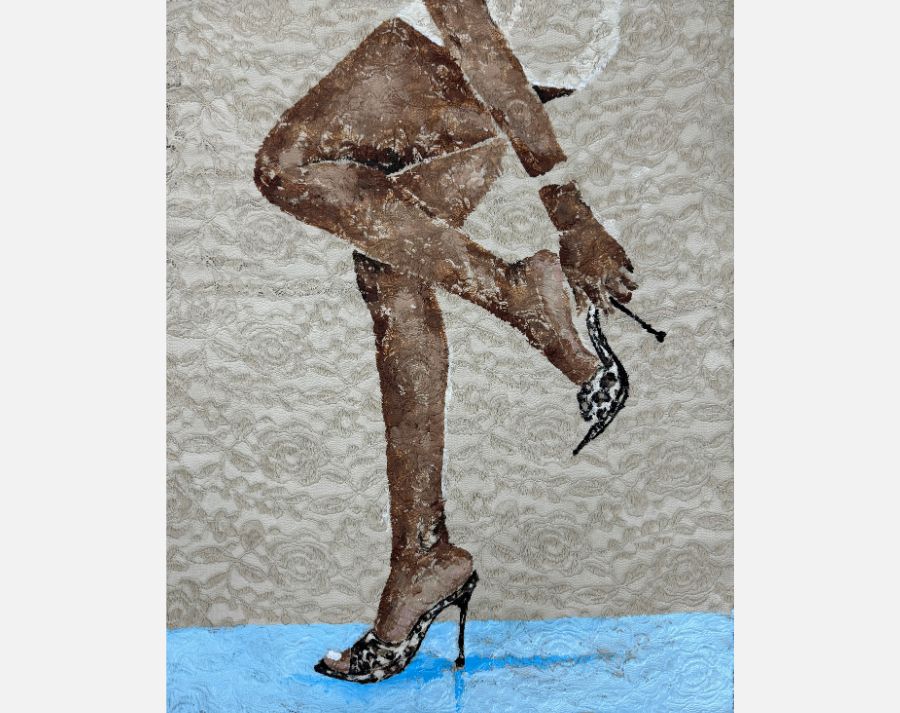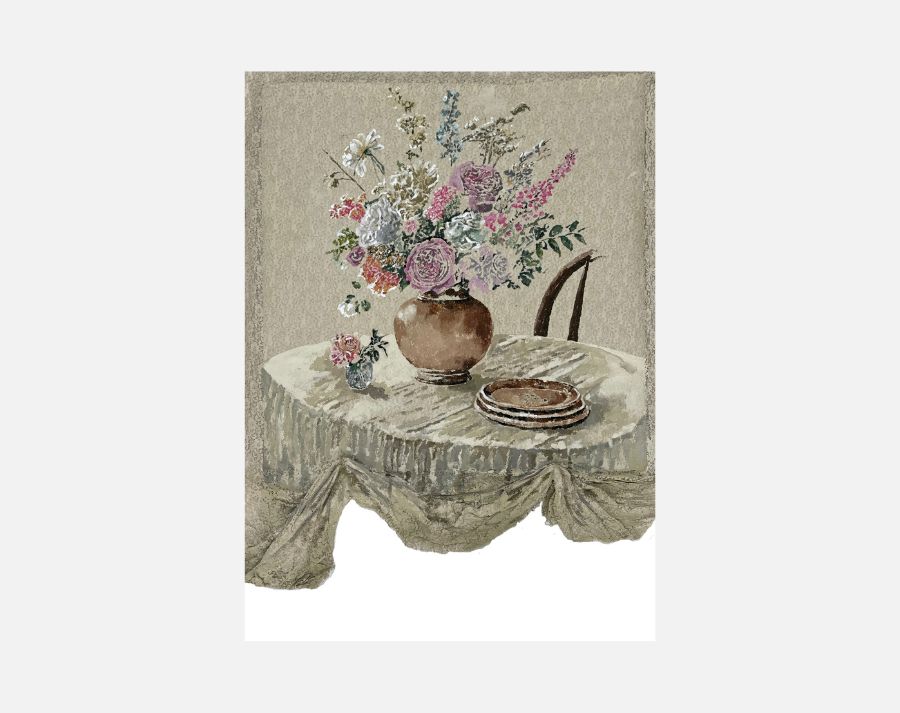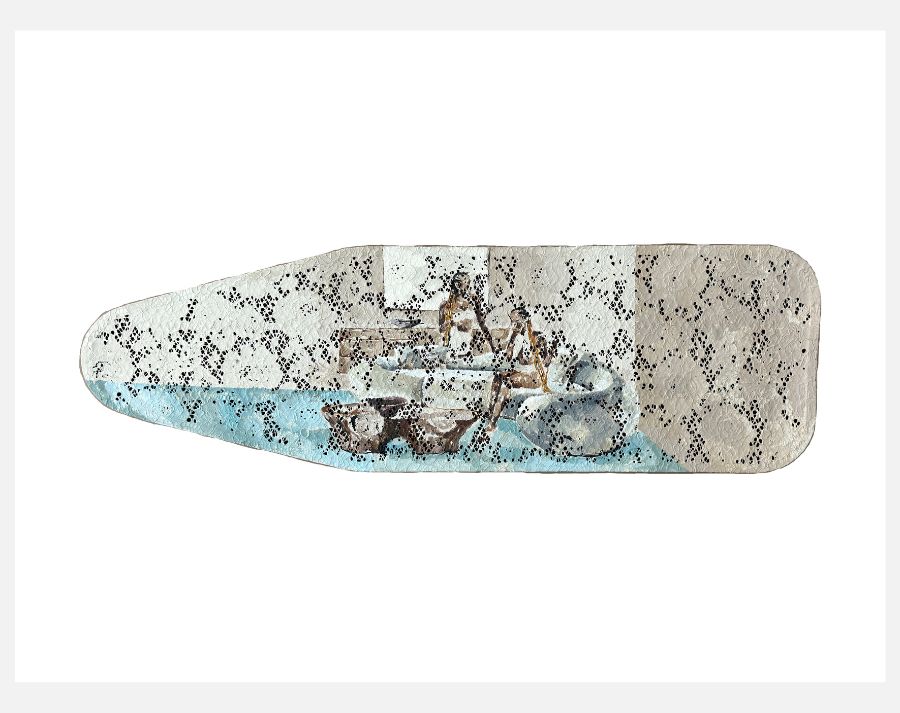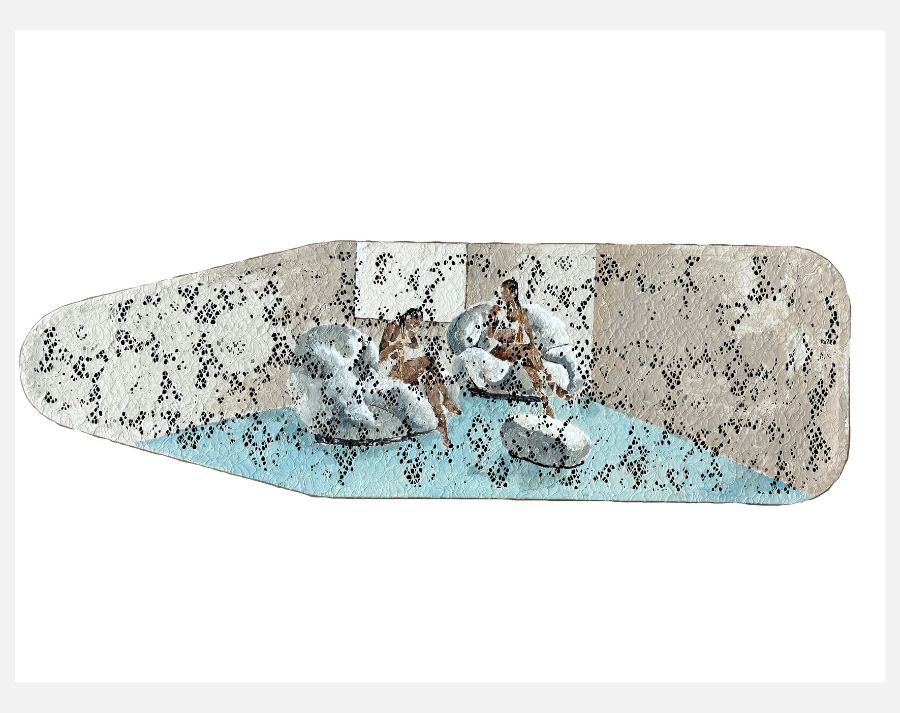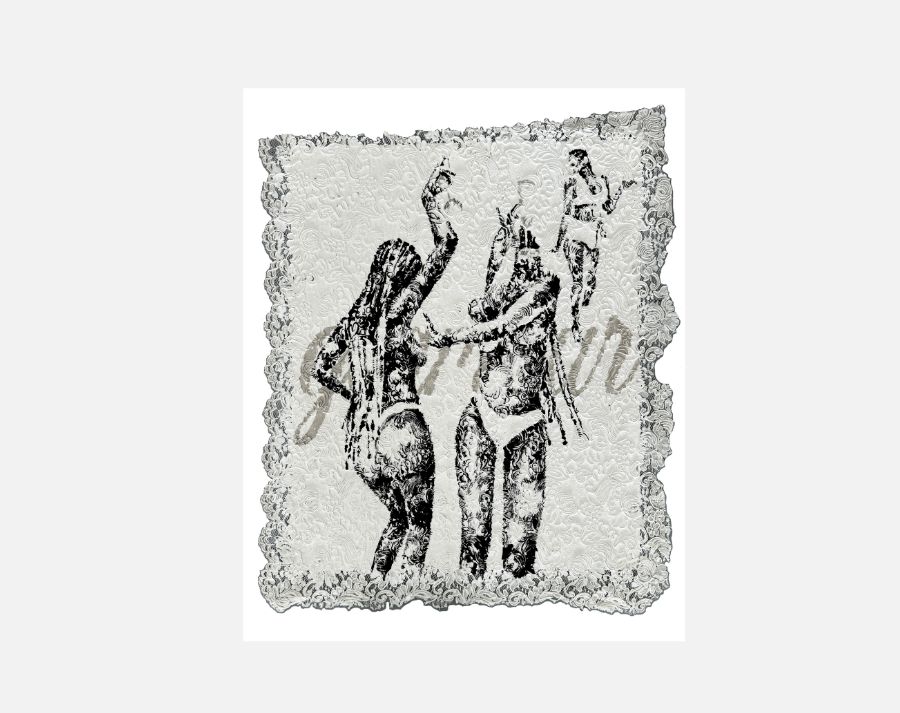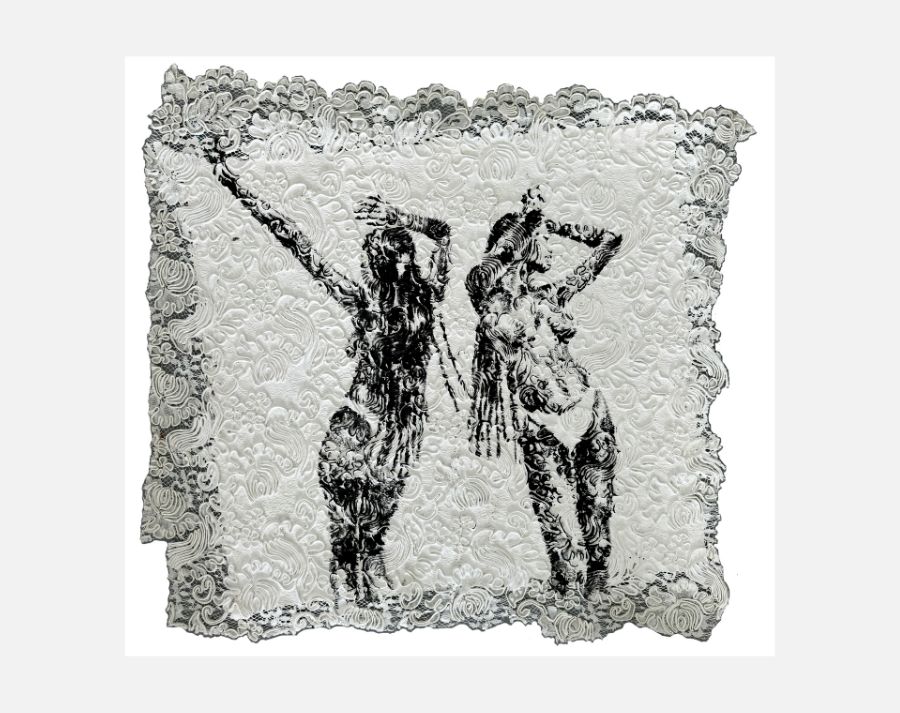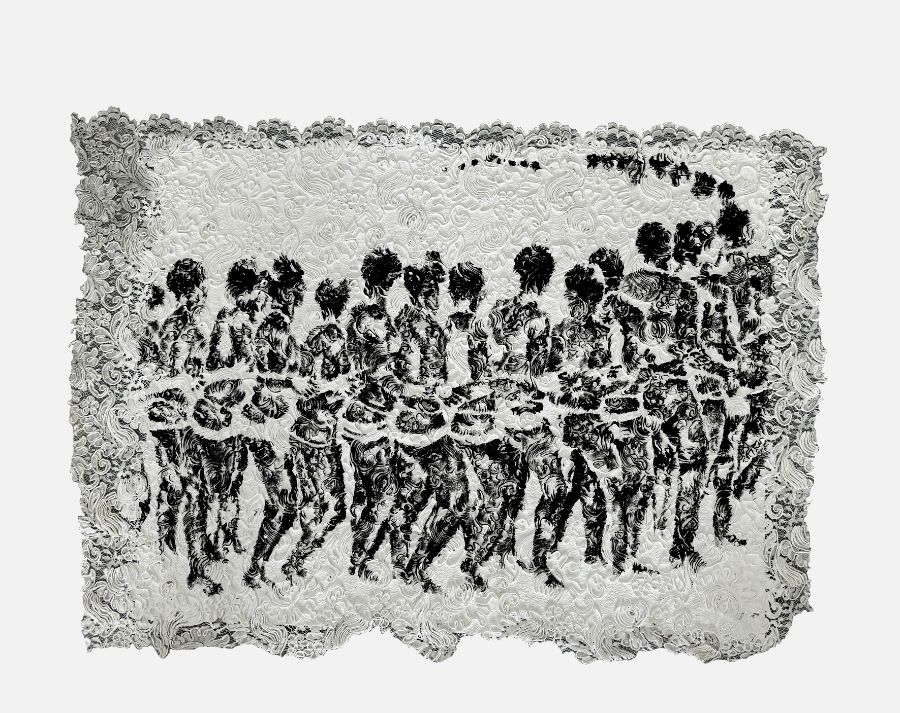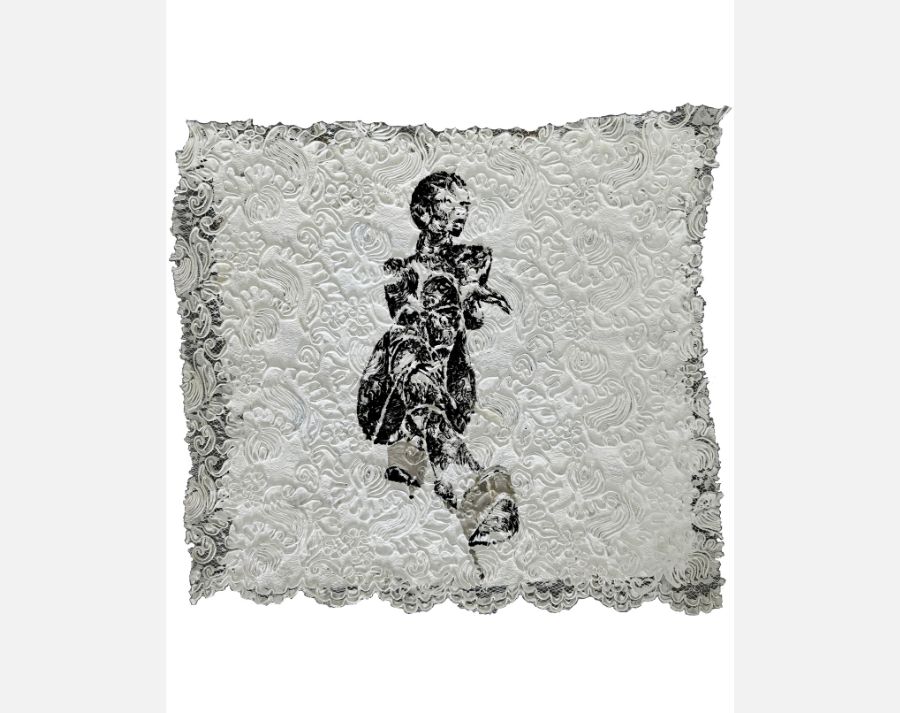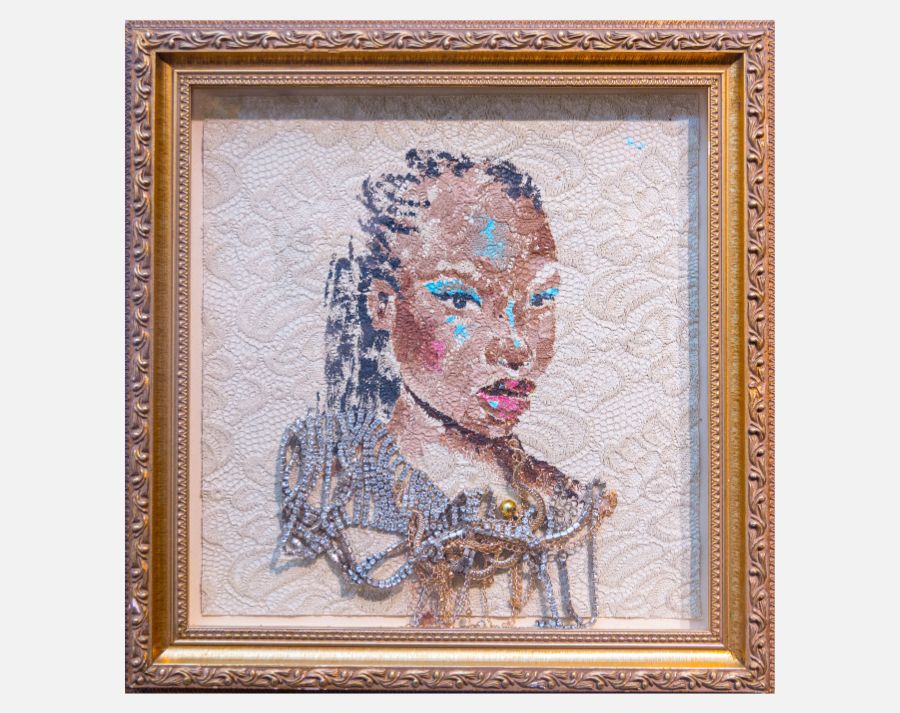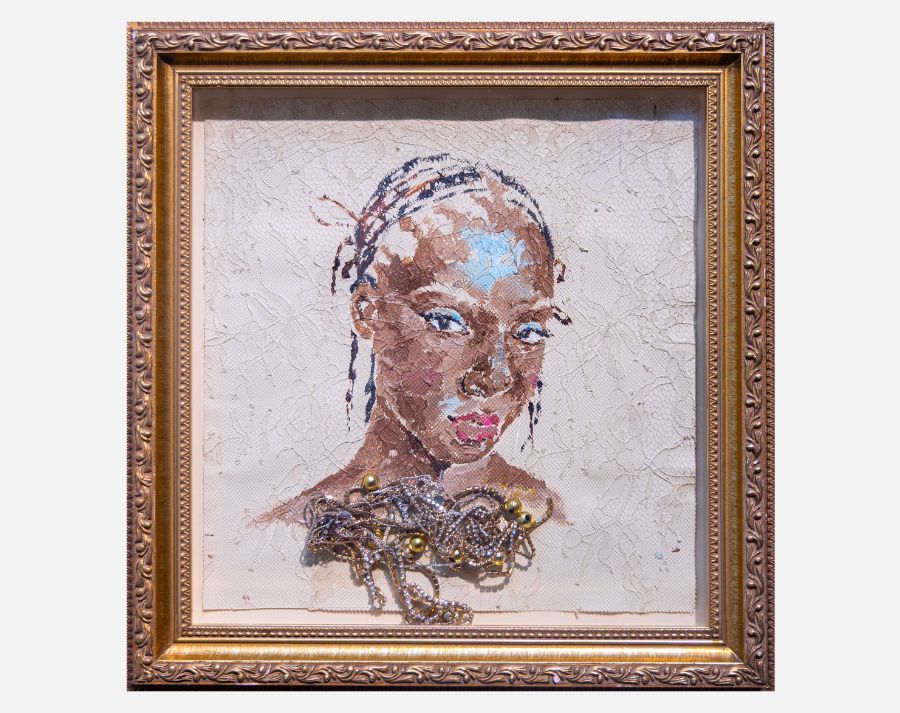For Her Dreams Won't Just Be Dreams For Much Longer 2025, Lagos Nigeria
Nobakada’s work opens a portal—a transformative space where possibility and self-realization intertwine. In this solo presentation, her paintings become manifestations of possibility, inviting viewers to step into an alternate reality where the boundaries imposed by society are dismantled. Drawing from her journey from the rural Eastern Cape to the dynamic urban landscapes of Johannesburg, Nobakada reclaims narratives and redefines spaces by visualizing a world where Black womanhood is celebrated in all its abundance.
At the core of Nobakada practice is the conviction that our external world mirrors our inner self. With every deliberate brushstroke, she constructs a visionary blueprint for a contemporary utopia—a realm where the constricting narratives of Black womanhood are reclaimed. In this space, Black womanhood is celebrated rather than scrutinized, and beauty exists without needing to be justified. Nobakada shifts the focus from what has been imposed upon Black women to the desires and dreams they nurture. Her work re-centers the narrative, affirming that Black women belong in spaces of grandeur and are indeed the architects of their futures. Even as her journey begins with acrylic paint and lace, its transformative energy is designed to ripple into our daily lives.
... Her canvases, layered with the vibrancy of acrylic paint and the delicate intricacy of lace, evoke the legacy of self-adorning practices passed down through generations. Lace - a symbol of beauty, femininity, and art of meticulous craftsmanship serves as a poignant metaphor: a reminder that Black women, like this delicate fabric, deserve to be regarded with care, tenderness, and reverence. It echoes the delicate lace doilies and curtains of her childhood home, the subtle allure of feminine undergarments, and the timeless grace of bridal veils. The subconscious use of blue is a deliberate tribute to her roots. While attending a coming-of-age ceremony in her childhood village, Cumakala, she noticed the blue hues in traditional attire, which echoed an ancestral legacy.
Limiting narratives of Black womanhood continue to shape societal power dynamics. Yet, as women gain greater socio-economic autonomy, a desire to present themselves in regal and hyper-feminine ways flourishes—a practice Nobakada elevates to high art. Her work documents these modes of self-expression, from the bedazzled acrylic nails and sculpted floral accents to the unapologetic glamor found in everyday urban scenes, asserting that beautification is not a bid for male attention but a deliberate act of self-definition. In a world that often reduces Black womanhood to endurance and trauma, Nobakada’s art reclaims the narrative by celebrating a non-sexual intimacy among women—a source of power that transforms our capacity to feel into a counterforce against colonial and patriarchal suppression. Here, the act of adorning oneself becomes a testament to the resilience, influence and dignity of Black women as they redefine their futures on their terms.
While Beauty may be subjective, meticulous craftsmanship reveals its timeless essence. Nobakada embraces the art of lacemaking—a slow, deliberate practice once carried out by women whose creative legacies went unrecognized—to create a dialogue with those unnamed matriarchs. Though lace is now mass-produced, its feminine origins continue to inspire her work.
As she continues to evolve her artistic practice, carrying forward the insights of feminist theorists and pioneering artists, she is guided by Jennifer Christine Nash’s powerful words: “Black feminism is distinctive in its commitment to love as a political practice.” This conviction anchors her work, which embodies this transformative spirit. It is an homage to the power of love as a force for self-determination, reshaping narratives and reimagining the future.
